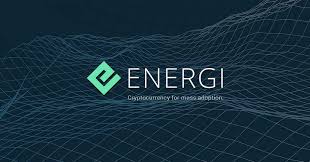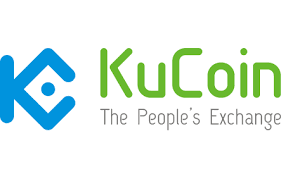In 2014, blockchain-based databases began to gain traction in the financial arena. Banks started developing concepts and prototypes based on this technology. For example, the NASDAQ stock exchange planned to use the Open Assets Protocol, based on colored coins, to provide a complete cycle of control over clients’ securities.

The largest French bank BNP Paribas is exploring the possibility of introducing bitcoin into the currency system. Australian banks – Commonwealth Bank of Australia (CBA), Westpac Banking Corporation, and Australia and New Zealand Banking Group are also experimenting with payments based on the Ripple protocol.
In addition to working on the implementation of publicly available protocols, organizations are exploring the possibilities of building their private blockchains. For example, Citigroup has built three blockchains and an internal currency based on them to minimize risks when interacting with other banks. It turns out that public and private blockchains can be used in the financial sector. Today we will take a look at the advantages and disadvantages of a private blockchain.
Among the main advantages of blockchain are decentralization, minimization of assumptions of trust, and transparency of transactions. Decentralization of trust allows the exchange of assets without the involvement of any authority holding the access keys. For example, according to entrepreneur and author Andreas Antonopoulos, bitcoin implements a model of computational trust.
“Trust does not depend on the presence or absence of dishonest participants,” Andreas said. – They cannot pass themselves off as trusted participants because there are simply no such members in the system. They cannot steal the primary keys because they are not there either.
As far as the transparency of transactions is concerned, the analogy is a large FTP share. You can see all its contents, as well as know who, when, and in which directories uploaded the files. However, each user has different access rights. Someone can only view the list, and someone – download the data for himself.
Private blockchains
Private blockchains are blockchains in which the creation of blocks is centralized and all rights to conduct such operations belong to one organization. The general public can only read information – only trusted sites are capable of auditing, and managing databases, and other applications.
At the same time, private blockchains have certain advantages. First, it is the low cost of activities. Since they are validated by trusted and high-performance nodes instead of tens of thousands of user devices, as is the case with public networks. Secondly, the blockchain can be configured in such a way that the TPS (TPS – transactions per second) will be significantly higher than that of public networks (at least shortly). The only limitation, in this case, is the bandwidth of the weakest node on the web.
Another advantage of private blockchains may be greater control over the system by the company. For example, the bottom line is that a private blockchain allows quick update functionality. Therefore, it is attractive to institutions working with registries and accounting systems because it creates a controlled and predictable environment compared to public blockchains (which will be discussed below).
Moreover, creating blocks on a private blockchain often does not require proof of work. An example is the block creation protocol used by BitShares. There is a fixed number of transaction handlers N, each of which has a pair of keys – secret and public. The creators of the blocks are known and identified by the digital signature in the header.
Operators form blocks in turn at specified time intervals. The order of creating blocks is either fixed or shuffled after a full cycle (N blocks). If the operator failed to form a block in the allotted time, then he skips the round. If this behavior is the result of intruders, then the situation is investigated. Thus, if transaction handlers are the only consumers of blockchain data, it is possible to build a robust block creation protocol (for example, by complicating the above algorithm a little) that does not use proof of work.
While private blockchains may not use proof of work, this protocol can still be connected to improve security, simplify auditing, and, as a result, increase control over the system for end-users. Essentially, proof of work translates to trust in a blockchain from subjective (trust in a system is equivalent to trust in the organization that controls it) to objective (trust in a system follows mathematical laws and the guaranteed high economic cost of an attack on a system that does not depend on the identity of the attacker).
“Private blockchains provide interesting opportunities for businesses by allowing transparent technology to be applied internally,” said Dan Wasyluk, CEO of Syscoin. “If contracts are worked out, the technology can replace many of the centralized businesses that exist today.” That is, private blockchains can become the basis for blockchain innovation in services using registries or financial accounting systems.











